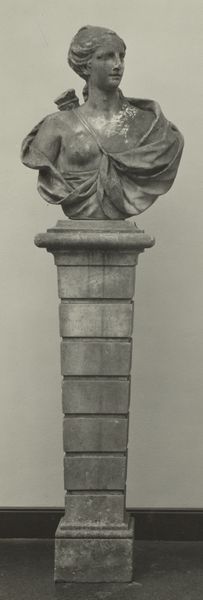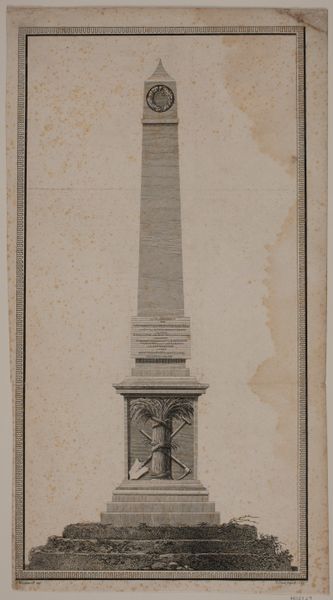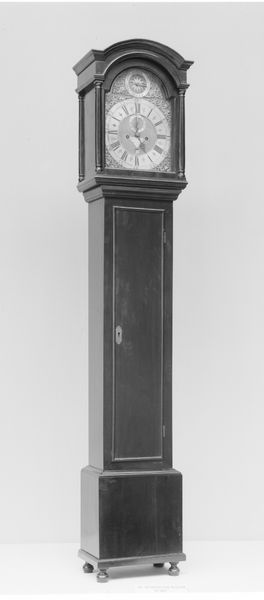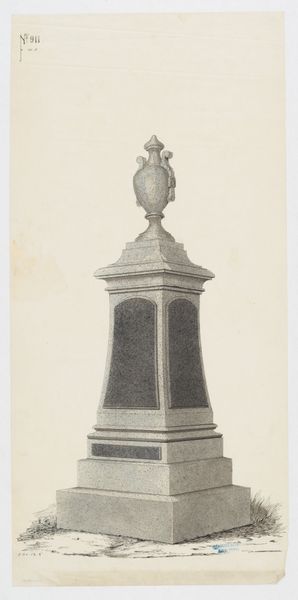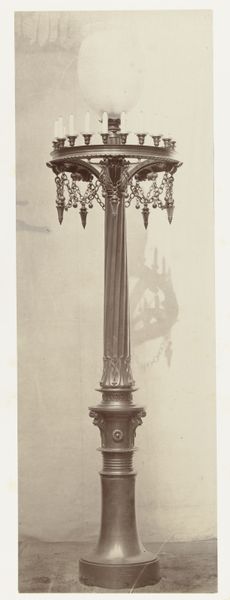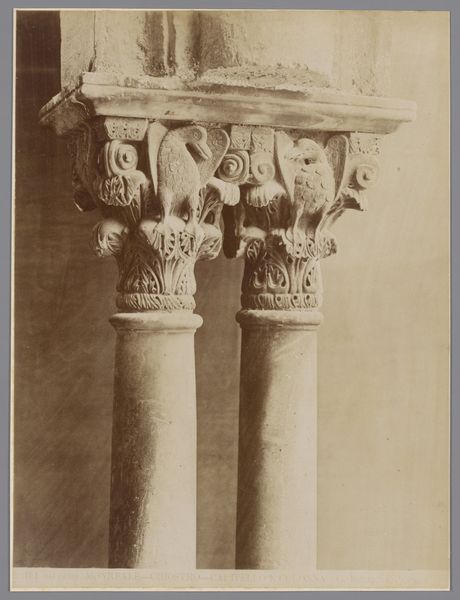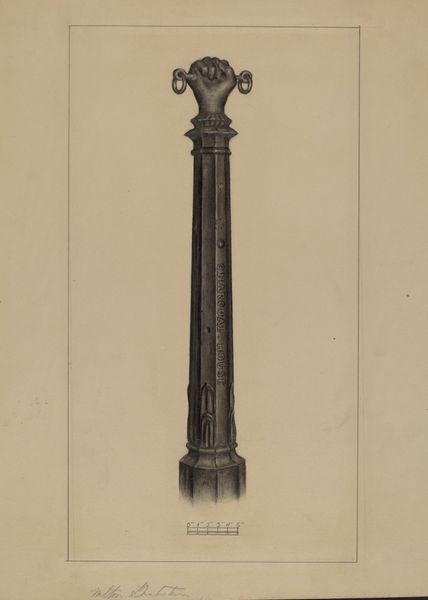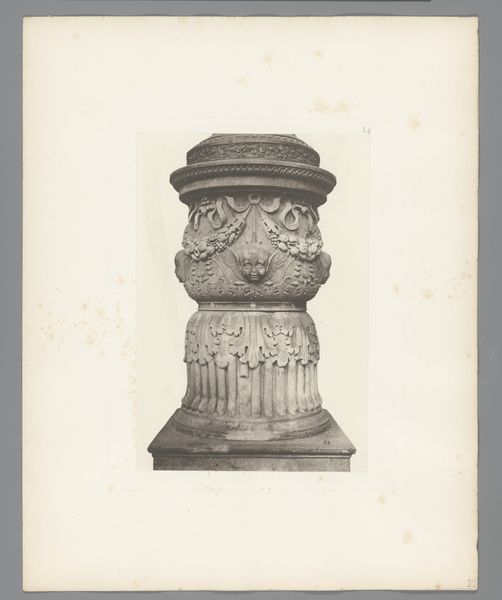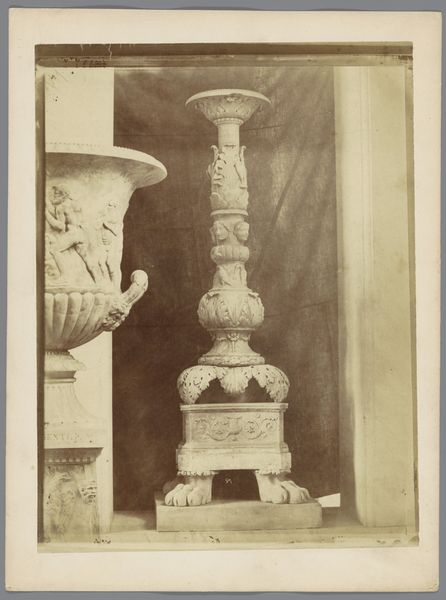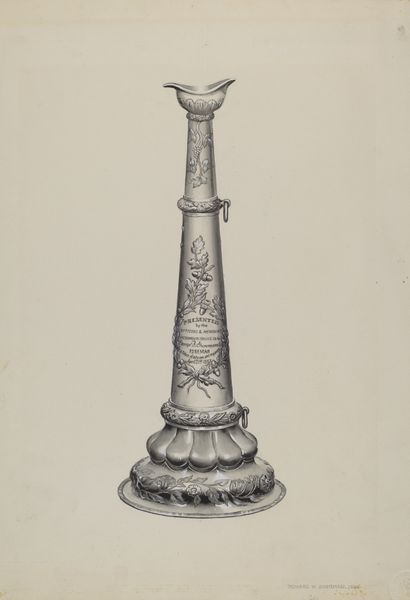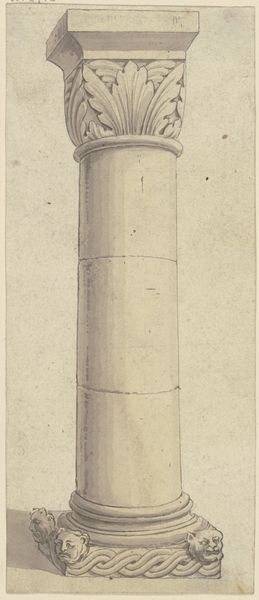
sculpture, marble
#
portrait
#
baroque
#
sculpture
#
classical-realism
#
sculpture
#
marble
Dimensions: height 70 cm, height 137 cm
Copyright: Rijks Museum: Open Domain
Editor: Here we have Michiel Emanuel Shee’s “Bust of Flora,” crafted from marble sometime between 1725 and 1739. It definitely captures that Baroque flair. I'm really drawn to the texture of the drapery, it looks so realistic. How would you interpret the artistic skill and socio-economic value attached to this kind of detailed craftsmanship? Curator: What interests me is the labour. Look closely at the carving, consider the sheer amount of time and effort embedded in each curl of the hair, the fold of the fabric. A piece like this reveals the economics of its creation: access to materials, the patronage system that supported Shee, and the team he likely managed. Who were these craftspeople, and what were their working conditions? Editor: That's a perspective I hadn't fully considered. It’s easy to focus on the finished artwork, without thinking about the workshop conditions and the laborers behind the sculpture. Do you think that the pedestal, appearing made of stacked cuboid components, might give insight into this production approach? Curator: Precisely! The choice of this marble—its accessibility, the transportation networks needed to bring it to Shee's workshop. Was this ‘high art’ or finely skilled labour? Was there, even at the time, a tension between the artistic idea, embodied in Shee, and the workforce that actualized it? What kind of division of labour made this project happen, and is there a relationship between this form and contemporary social hierarchies? Editor: So, analyzing the process and materials reveals a lot about the art's historical and economic context? Curator: Absolutely. The object becomes a historical document. Think about the labour involved, and suddenly, you have an access point for understanding an entire system of production and consumption within 18th-century Europe. Editor: It's fascinating to view art through that lens, considering not just the artistic vision but also the labor and social systems that made it possible. Curator: Exactly. It pushes us to consider what truly shapes our understanding and appreciation of art.
Comments
No comments
Be the first to comment and join the conversation on the ultimate creative platform.
